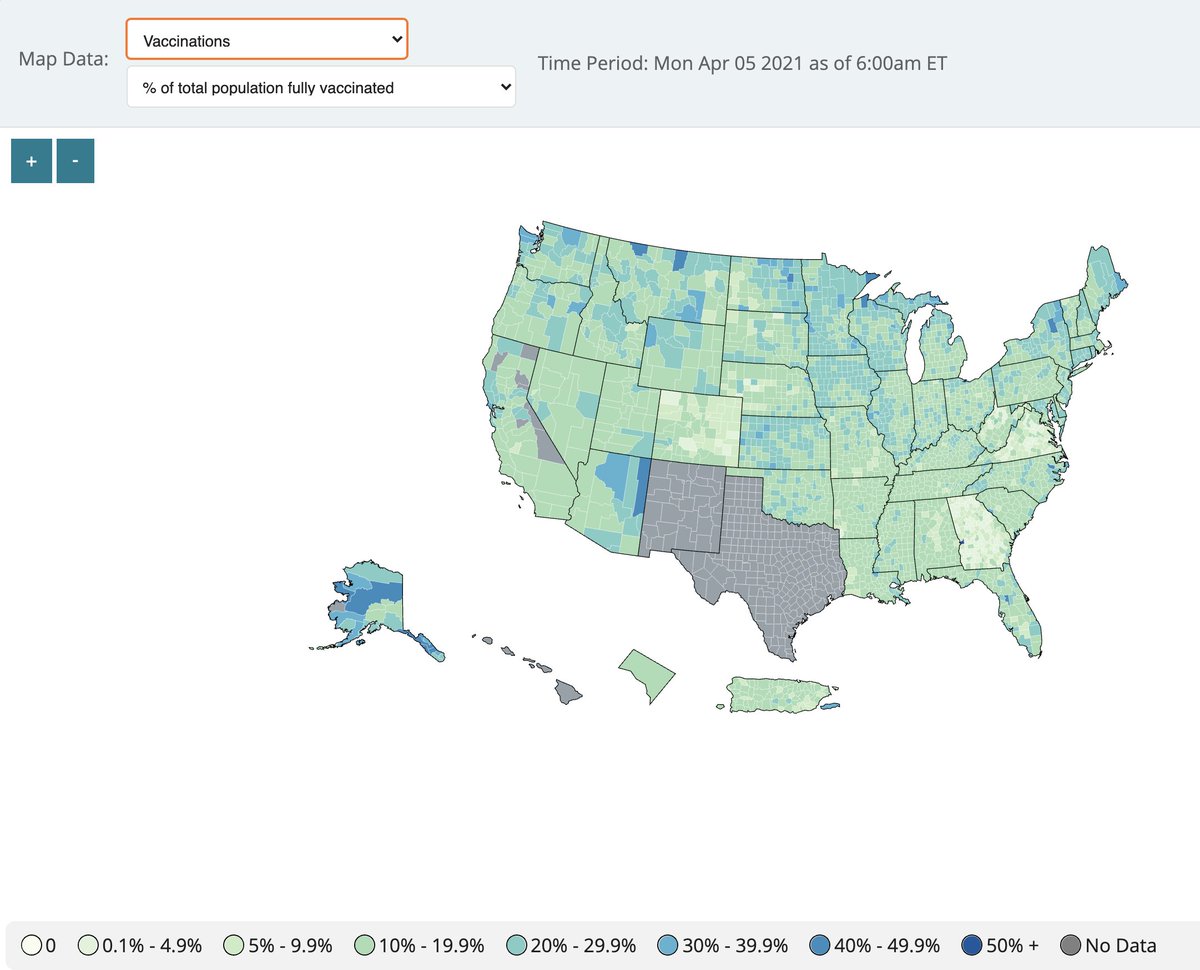
Prof in infectious disease ecology & network epi @Georgetown. #netsci, #spatialepi, #bigdata, #mathbio, #openscience, she/her. @bansallab@mstdn.science
How to get URL link on X (Twitter) App



 Thanks to animal exp, airflow sims, demonstrated effect of ventilation, frequent indoor superspreading + heroic scicomm work by @linseymarr and so many others, we understand the unequivocal role of airborne transm for SARS2 + other resp pathogens. (2/) bit.ly/3uW8YEn
Thanks to animal exp, airflow sims, demonstrated effect of ventilation, frequent indoor superspreading + heroic scicomm work by @linseymarr and so many others, we understand the unequivocal role of airborne transm for SARS2 + other resp pathogens. (2/) bit.ly/3uW8YEn

 If you're fully vaccinated, you've done your part to protect yourself-- congratulations! As you consider social activities, be sure to consider the rates of vaccination in your community. You can check out your community's vaccination rate at vaccinetracking.us. (2/
If you're fully vaccinated, you've done your part to protect yourself-- congratulations! As you consider social activities, be sure to consider the rates of vaccination in your community. You can check out your community's vaccination rate at vaccinetracking.us. (2/

